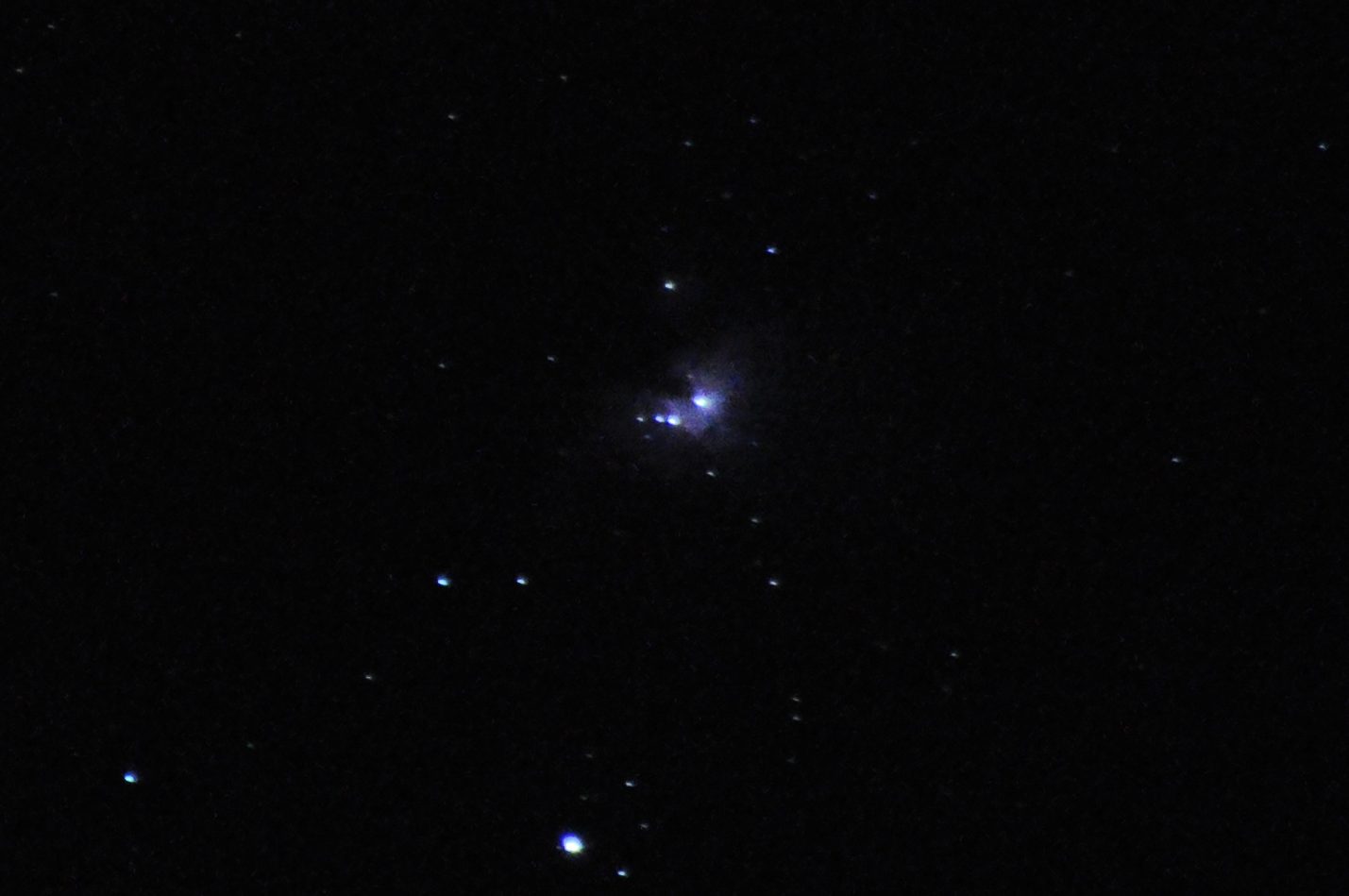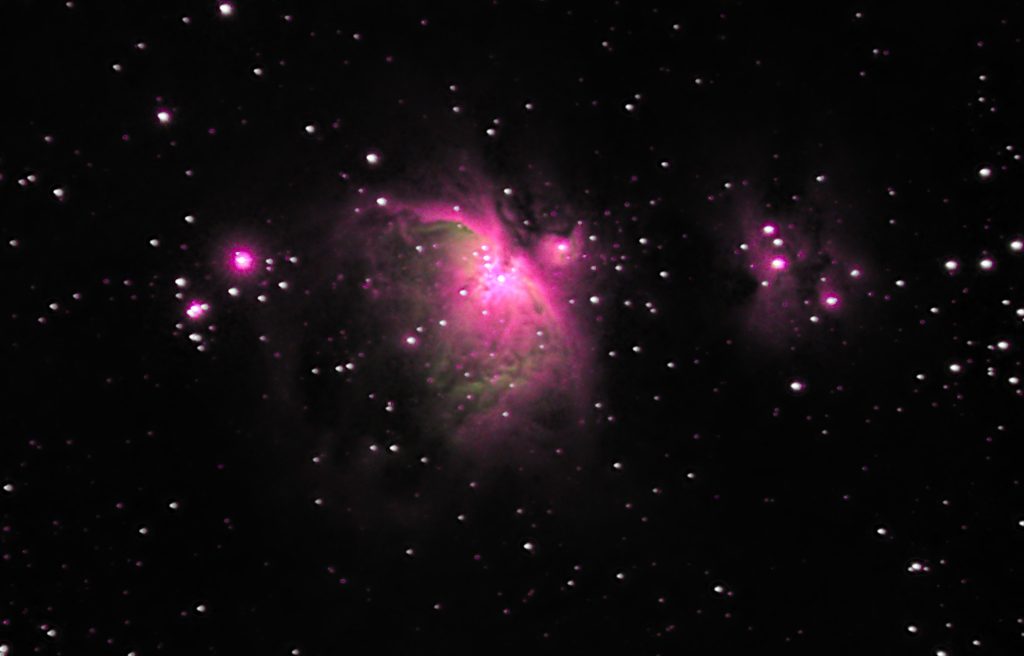From a very early age, the night sky has expanded my mind, given me an unquenchable thirst to discover more and constantly leaves me in awe.
My first telescope was an Orbit 30x30mm, circa 1965, given to me by my parents. I have always kept it carefully, as it is highly symbolic of my early years of discovery, which shaped my lifelong interests and career.

Daily I ponder on the Universe and am perpetually aware of my place within it, being part of it and the shear, mindblowing scale. When I read Douglas Adams’ “The Hitchhiker’s Guide To the Galaxy”, I could relate to being placed in “The Total Perspective Vortex”, although I have not emerged with the same feeling of grandeur as Zaphod Beeblebrox did!
Looking out of my windows, as I often do, at the fields, the rolling hills of Exmoor, blue sky and clouds, listening to the babbling stream near-by and birds chatting among themselves, I will often look beyond these terrestrial boundaries. Part of me is constantly reminded that the world in which we live, work and play is just a tiny, tiny box – a veneer – almost an illusion. Our day to day lives often hiding the true perspective of our Universe from us, possibly for our own sanity.
On a clear night, we often see the familiar pinpoints of light, just above our heads, but dare to peer deeper into the inky abyss, beyond what appears to be a celestial sphere and we’ll discover much more than twinkly white dots, but a (possibly) infinite Universe stretching out on all sides of us, with wonders to behold.
My first journey along this road was when I was just a lad and focused my little telescope on a bright ‘star’. Interestingly, this ‘star’ appeared to have an odd shape – almost egg-shaped with little black dots near each end. It turned out to be the planet Saturn, its rings having the appearance of an ellipse from my perspective. I clearly remember the buzz I felt inside, that I had actually seen a planet in our solar system – quite something for a seven or eight year old boy.
Since those very early days, I have often spent hours marvelling at the night sky with a pair of good binoculars (which I still use to this day). The first galaxy I saw was, of course, Andromeda (M31) – a dim, fuzzy smudge. I became very frustrated that I couldn’t make out any detail. Next was the Orion Nebula, again a slightly less dim haze around a couple of stars in Orion’s belt. Again, I was frustrated that I could see no detail and at this point decided to attempt to photograph the nebula using my Nikon D90 DSLR and 70-300mm zoom lens. All I had was a simple tripod and a remote shutter release. I read about the “300 Rule” for crop frame sensors to reduce star trails to an acceptable level and determined that I could safely expose for just over one second per frame. The result was very, very noisy. I then did a lot of reading and learning about taking multiple sub-frames and stacking them. I think I took around 60 frames at 1.3 seconds exposure, thinking that a whole minute might give me a decent photo. I was a little disappointed, but also encouraged.
The image below is one of the 1.3″ frames that I took.

I had no knowledge of processing Deep Sky Object (DSO) images at that time, but I remember thinking it was pretty cool to be able to just make out some of the nebulosity.
Since then (just a couple of years ago) I have come a long way, but there’s a lot further still to go. I now have a tracking equitorial mount and used this with my Nikon D90 and 70-300mm zoom lens for quite a while. Eventually managing to produce the following image of the Orion Nebula (M42):

The limitations of the zoom lens were becoming very apparent, with soft focus, coma and chromatic abberation. It is a half decent terrestrial lens, but not at all suited to astrophotography.
I am now an incurable astrophotographer and have joined the ranks of others who spend cold nights outside in the dark and other (cloudy) evenings planning prospective targets, processing (and re-processing) dozens of sub-frames.
So that’s me, in a nutshell; my nascent sense of discovery since an early age, my existential musings, my passion for science and a burning desire to show the invisible Universe to all those I know and care about.